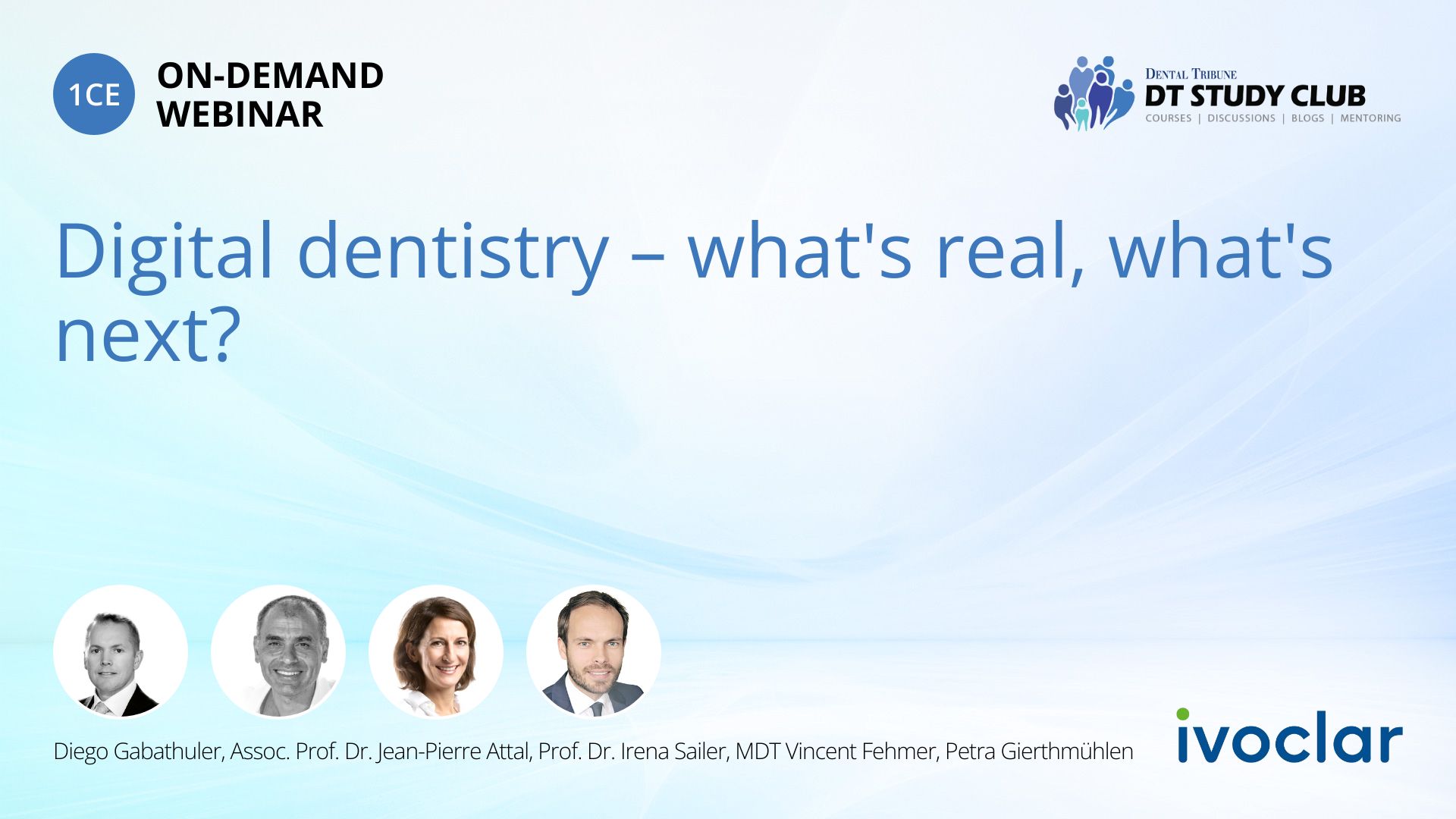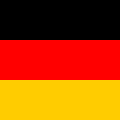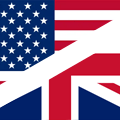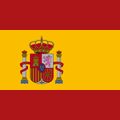ログインまたは登録してください
ライブウェビナーに参加したり、オンデマンドウェビナーを視聴したりするには、このWebサイトのメンバーとして登録する必要があります。すでにアカウントをお持ちの場合はログインしてください。お持ちでない場合は無料でアカウントを作成できます。
今すぐ登録 ログイン


 日本語
日本語
Diego Gabathuler
The CEO of Ivoclar Vivadent opened the first virtual International Expert Symposium (IES) and shared his thoughts on how we can succeed in shaping the future of dentistry together.
Assoc. Prof. Dr Jean-Pierre Attal
As Scientific Chairman of the International Expert Symposium, he introduced all speakers and guided through the program during all five days. He also chaired the interactive panel discussions that followed the lectures on each of the symposium days.
Prof. Dr Irena Sailer and Vincent Fehmer
Technologies are changing faster than ever before the way in which we plan, fabricate and deliver our restorations. This increases the need for newly defined and clear guidelines for the critical steps of the workflow. In our lecture we will elaborate on all the relevant steps of the digital workflow that are critical to achieving a predictable and long-term stable outcome. Key choices are e.g. the selection of an ideal Ti-base, its preparation by sandblasting and the selection of a corresponding cement to ensure the best possible adhesion and a highly esthetic integration. Additive procedures that have been introduced on the market will be discussed: stereolithography, laser sintering and printing of materials such as wax, resin or metal have already been shown to be more precise and may even be more efficient than subtractive manufacturing methods (milling). Finally, the selection of the ideal restorative material for highly esthetic outcomes that offer long-term stability will be addressed and elaborated in detail.
Prof. Dr. Petra Gierthmühlen
CAD/CAM technology is one of the fastest evolving technologies in modern restorative dentistry. Major advantages of intraoral scanning and the digital workflow include: patient's preference, superior mechanical performance of CAD/CAM materials and excellent fit of the restorations. The poor machinability of many CAD/CAM materials has been a limitation for many years, resulting in marginal chipping of minimally invasive restorations. However, novel chairside milling machines are now available that enable faster fabrication times with protocols that are adjusted to the respective CAD/CAM material. Complex reconstructions still represent a great challenge for clinicians and dental technicians, but digital workflows significantly facilitate these rehabilitations. Various tools have been developed to evaluate the relationship between the different parts of the face and to provide guidance for treatment planning as well as for the manufacture of the permanent restorations. Advancements in CAD/CAM material systems, digital restoration planning and fabrication have resulted in the development of innovative treatment concepts for severely compromised dentitions. Digital face scans and novel CAD/CAM applications offer a standardized manufacturing process that provides a reliable, predictable and economic workflow not only for chairside restorations, but also for complex rehabilitations.
This lecture will
 Tribune Group GmbH is an ADA CERP Recognized Provider.
Tribune Group GmbH is an ADA CERP Recognized Provider.
ADA CERP is a service of the American Dental Association to assist dental professionals in identifying quality providers of continuing dental education. ADA CERP does not approve or endorse individual courses or instructors, nor does it imply acceptance of credit hours by boards of dentistry. This continuing education activity has been planned and implemented in accordance with the standards of the ADA Continuing Education Recognition Program (ADA CERP) through joint efforts between Tribune Group GmbH and Dental Tribune International GmbH, recognized through ADA CERP from 5/1/24 - 6/30/27.





